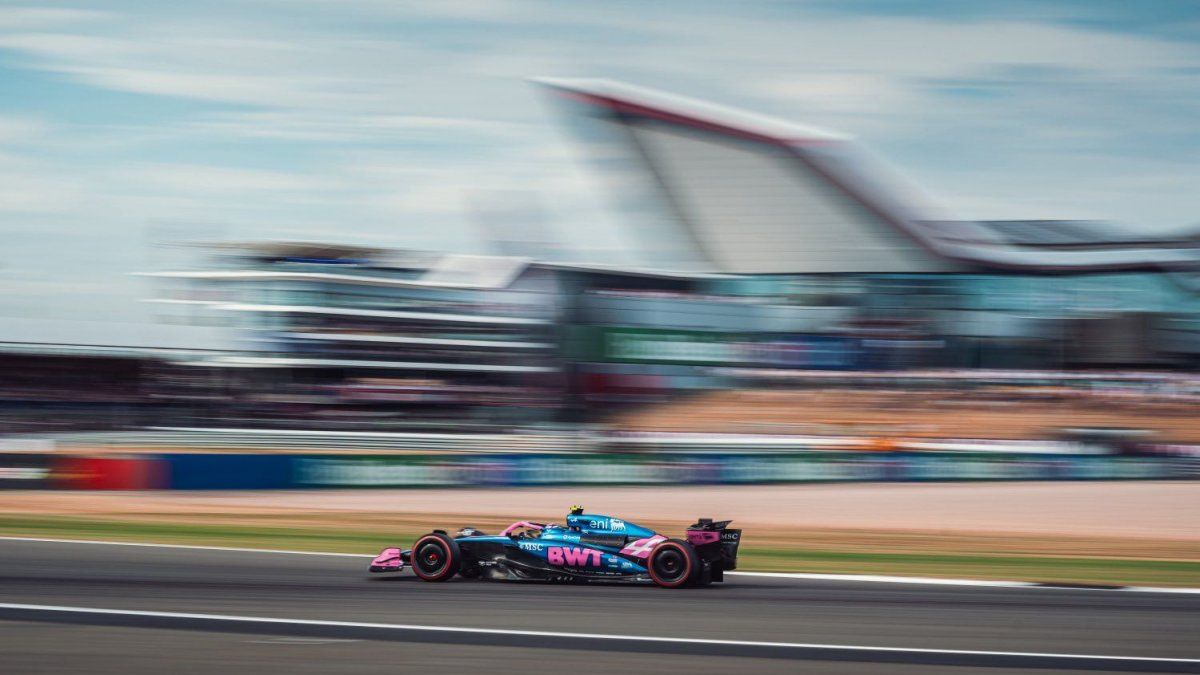Next year looks like one that will mark a milestone. Technology and money are expected to merge like never before. In the country, 60% of transfers are already made through virtual wallets and CVU, and this number continues to increase. A sample of how fintech industrywhich this year grew by 12%, It is transforming the way we manage money and Argentina leads at a regional level. Furthermore, it is expected that by 2025 interoperability between fintechs and banking will exceed 70%.
The ecosystem fintech and blockchain The country is in a stage of significant transformation, driven by technological innovation and an evolving regulatory environment. The adoption of cryptocurrencies and blockchain-based solutions redefine the financial landscape, promoting greater agility and security in transactions.
The support of the president’s government Javier Mileiwas decisive in this process. The president expressed his support for cryptocurrencies and the blockchain ecosystem, as well as the knowledge economy on repeated occasions. In his participation in Meta Day he stated: “Go for cryptocurrencies that are reliable. Technology is an ally for citizens in their search for freedom.”
Furthermore, the triumph of donald trump In the US presidential elections, it drove a historic rise in the price of Bitcoin, and a reinforcement is expected in the confidence that new technological tools bring to the global financial system. With all these events converging, These are the trends for 2025.
Goodbye to cash: QR payments take control
Digital payments continue their expansion in Argentina. According to data from the Central Bank (BCRA), during recent months around 60% of the transfers that were made in the financial system had as their origin and/or destination a virtual wallet or CVU.
In turn, this same entity affirms that The interoperable QR is around 50 million monthly operations. Added to all the initiatives of the different fintechs, the recent announcement of the interoperability adopted in the CABA subways to pay for trips directly from the cell phone, card or QR code stands out. These types of solutions promote financial inclusion in areas with less access to traditional banking services.
Blockchain: the guardian of financial transparency
Blockchain technology is used to improve transparency in transactions, particularly in sectors that require traceability, such as the supply chain, the municipality of Marcos Paz, in the AMBA, was a pioneer in incorporating it.
Furthermore, interoperability between digital payment systems is key to increasing the efficiency and reach of financial services. “By 2025, these technologies will not only facilitate faster and more secure transactions, but will also build a more accessible and equitable ecosystem for everyone. Our work with traditional entities like Banco Macro reflects this transformation that will continue to deepen. Fintechs and banking will increasingly be allies for the benefit of users”said Leo Elduayen, CEO and Co-Founder of Koibanx, a leader in providing transactional software on blockchain in Latin America.
Tokenization: the revolution of digital assets
Tokenization allows assets such as real estate and credit to be digitized and fractionated, making them accessible to a broader base of investors. According to a report by Boston Consulting Group, it is estimated that the tokenization of real-world assets could represent a business opportunity for US$600 billion by 2030equivalent to 10% of the world’s Gross Domestic Product (GDP). In Argentina, the adoption of tokenization is growing, con initiatives that seek to democratize investments and diversify portfolios.
Open Banking: collaboration between traditional banking and fintechs
The concept of Open Banking is gaining strength, facilitating interoperability between banks and fintechs. According to the Finnovista Fintech Radar Argentina 2024, the Argentine fintech ecosystem grew by 11.7% compared to the previous yearreaching a total of 383 local companies.
blockchain crypto token
The collaboration between traditional banking and fintechs promises to transform the financial landscape.
freepik.es
And already 53.4% of banks collaborate with fintechs, while 21.3% are in the process or evaluating alliances. This allows consumers to access a variety of financial products in a more efficient and personalized way. In Argentina, various entities are working to integrate APIs to facilitate the exchange of financial data between traditional institutions and fintech startups.
The cryptocurrency market will continue to boom
According to data from Chainalysis, in 2024 Argentina surpassed Brazil as the country with the highest volume of cryptocurrency transactions in the region, exceeding US$91.1 billion. This trend also encourages the use of alternative payment methods – for the payment of goods and services – in crypto that allow quick and secure transactions using crypto assets.
Koibanx also accompanies this trend by offering integrated cryptocurrency payment solutions, designed specifically for financial entities, such as payment gateways where users exchange cryptocurrencies for fiat in a simple and secure way, while the entities manage only the local fiat, without the need to directly manage digital assets.
In this way, andhe future of the fintech and blockchain sector in Argentina looks promisingwith a focus on financial inclusion and transparency.
Source: Ambito
I am an author and journalist who has worked in the entertainment industry for over a decade. I currently work as a news editor at a major news website, and my focus is on covering the latest trends in entertainment. I also write occasional pieces for other outlets, and have authored two books about the entertainment industry.




